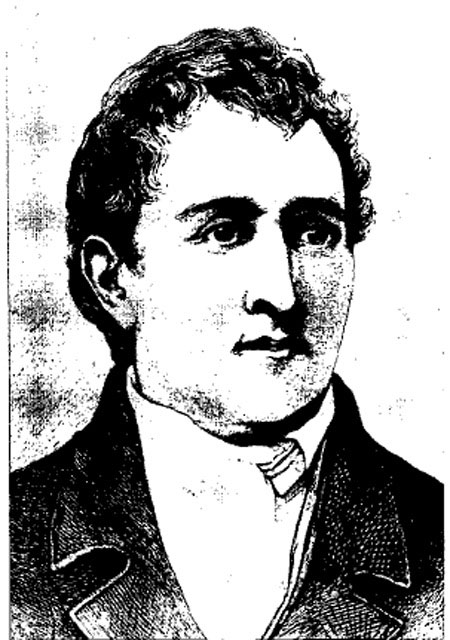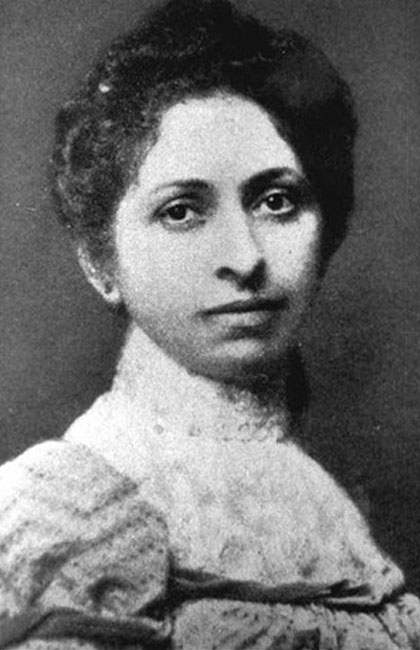Professional career scientists
Scientific research is an arduous process and also contains many dangers. Scientists may experience unwanted injuries, get sick or even die to reach the destination of the problem they study. Here are some scientists who sacrificed for their own research during the experiment.
Carl Scheel (1742-1786)
He was a genius chemist who discovered many elements, the most famous of which was oxygen (although this study was later published by the scientist Joseph Priestly), molybdenum, tungsten, manganese and chlorine. .

Carl Scheel
In his time, there were no measures to ensure occupational safety as well as not knowing the toxicity of chemicals. Carl also has a bad habit of using all senses to interact with chemicals, especially the sense of smell and taste. During a test of hydrogen cyanide, although he thought he would be safe, due to the simultaneous accumulation of mercury, lead, hydrofluoric acid and some other substances, he died of heavy metal poisoning at the age of 44. .
Elizabeth Fleischman Ascheim (1859-1905)
After the scientist Wilhelm Conrad Röntgen invented X-rays, the California girl Elizabeth Fleischman Ascheim gave up the job of a librarian to attend electric school. With her wisdom, she quickly graduated and opened her first X-ray clinic across the United States. Together with her brother-in-law, a physicist, she was passionate about studying the effects of X-rays. Both of them have spent many days taking body X-rays for research purposes.

Elizabeth Fleischman Ascheim
She treated many soldiers in the US-Spain war and then studied dentistry, also a famous researcher in radiation. However, she did not take any protective measures while studying and treating patients because she said that if she used protective gear, the patient would feel uncomfortable and safe. all. She was poisoned by radiation and died at the age of 46, and was considered a hero in the field of radioactive research.
Alexander Bogdanov (1873-1928)
Alexander Bogdanov is a famous Russian scientist. He is also a doctor, economist, philosopher, natural scientist, fiction writer, poet, teacher, politician, revolutionary and pioneer of control Study and science organization.

Alexander Bogdanov
He was also the founder of the world's first blood transfusion institute - the Soviet Transfusion Institute - in 1926. He performed 11 blood transfusions on his own body with a blood transfusion claiming to cure the disease. baldness and improve his eyesight. Unfortunately, during the last transmission, he became infected with malaria and tuberculosis and died later, leaving valuable studies on human blood transfusions.
Marie Curie (1867-1934)
The discovery of radioactivity by Henri Becquerel in 1896 inspired the research of the famous scientist couple, Marie and Pierre Curie. Their excellent research and analysis have separated two radioactive materials, polonium and radium.

The couple Marie-Pierre Curie
Marie spent her life conducting radiation research and radiation therapy research, but because she had constant exposure to radiation, she had leukemia and died in 1934. Among many Award, she is the only person to receive two Nobel Prizes in two different fields: chemistry and physics.
Haroutune (Harry) K. Daghlian Jr. (1921-1945)

Haroutune (Harry) K. Daghlian Jr
American physicist Harry Daghlian participated in the famous Manhattan plan at the National Laboratory in Los Alamos, New Mexico. On August 21, 1945, in a mass experiment, he unintentionally dropped a tungsten carbide brick into a plutonium bomb core. In order to avoid harmful reactions, he had to use his hand to lift the bricks. This caused him to be infected with a large amount of radiation and died 25 days later.
Malcolm Casadaban (1949-2009)

Malcolm Casadaban
Professor of molecular genetics and cell biology and microbiology at the University of Chicago, Malcolm Casadaban conducted a laboratory study of an infectious disease-causing bacterium so that he himself would later be infection and death. According to the Centers for Disease Control and Prevention report, the bacteria killed Malcolm and also killed laboratory workers. He was diagnosed with both hemochromatosis and a disorder of iron metabolism after death.
Richard Din (1987-2012)
Richard Din is a scientist working at the Northern California Institute of Research and Education with the task of studying a vaccine that blocks Neisseria meningitides - a bacterium that causes meningitis and infection. blood. During the study, Richard felt headaches and nausea, and the next morning the symptoms worsened quickly and Richard was hospitalized. Richard Din died 17 hours after the symptoms first appeared. The reason is that he has been infected with meningococcal bacteria.

Richard Din (right)
No incidents or accidents occurred during the study, and Din was also known to be a very careful and thorough person at work. However, he did not vaccinate meningitis as recommended by the Centers for Disease Control and Prevention (CDC), and this could very well be the cause of death even though the Din strain is working to resist the vaccine. Luckily, those exposed to Din were treated promptly with antibiotics and none of them became infected.
- 10 most inspiring career tips of great men
- Check the brain's response when people write
- There will be a career as a space guide in 2025
- Find out what makes teenagers easy to achieve
- Young summer students hard to become CEO
- Blog: A prank or a career trip?
- A person's surname has an impact
- Professional like Photoshop with extremely small capacity
- Technology bum
- How does the name affect your career?
- Swim along the giant fish, pulling it to the shore of the shocking youth when you see the animal figure
- Insects can replace professional dogs
 The most famous scientific failures in history
The most famous scientific failures in history Mysterious genius mechanic and the machine froze time
Mysterious genius mechanic and the machine froze time The son carries the 'bad gene' of genius Albert Einstein
The son carries the 'bad gene' of genius Albert Einstein Isaac Newton
Isaac Newton